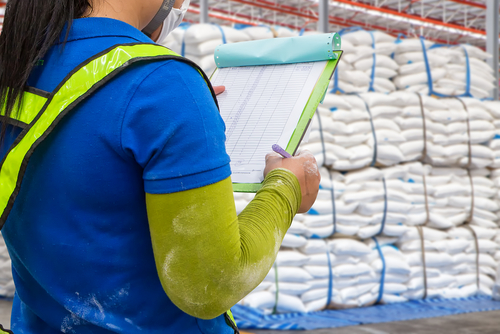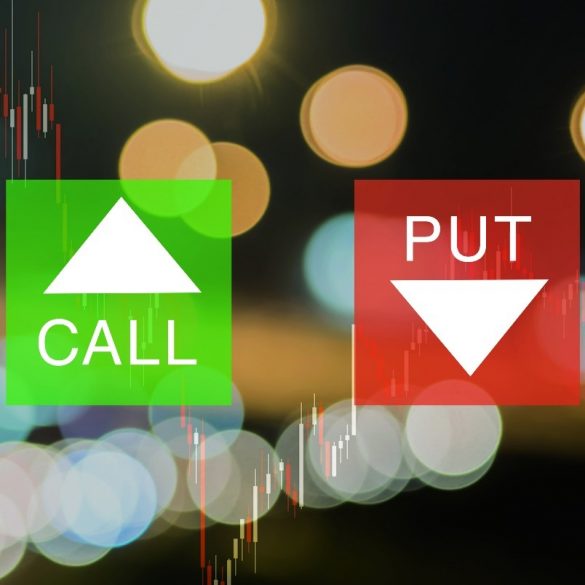Kellogg Dividend History: Three Charts
Kellogg pays shareholders over $2 per share and based on its history, the company will continue to raise its dividend. Kellogg’s dividend history is long and the trends are clear. Let’s dive into the business to determine the safety going forward…
Kellogg Business Overview and Highlights
Kellogg operates out of Battle Creek, Michigan and has a $23 billion market cap. Last year Kellogg brought in $13 billion in sales and employed 33,000 workers. That works out to $392,000 per employee.
The business runs within the consumer sector and maintains an investment grade credit rating of BBB from the S&P. This allows Kellogg to take on cheap debt to grow its business and finance other initiatives.
One of Kellogg’s big initiatives over that past decade was paying dividends. Returning value to shareholders is a key component of the business.
Kellogg Dividend History 10-Years
The company paid investors $1.3 per share a decade ago. Over the last 10 years, the dividend has climbed to $2.12. That’s a 63% increase and you can see the annual changes below…

Over the last 10 years, the compound annual growth is 5% … but over the last year, the dividend climbed 3.9%. The decrease in dividend growth isn’t a great sign. Although, Kellogg still might be a good dividend investment. Let’s check out at the Kellogg’s dividend yield…
Kellogg Dividend Yield vs. 10-Year Average
Kellogg’s long history of paying dividends makes it one of the top dividend stocks. The long history also makes the dividend yield a great indicator of value. A higher yield is generally better for buyers. Sustainability is also key, and we’ll review that soon.
The dividend yield comes in at 3.36% and that’s below the 10-year average of 3.57%. The chart below shows Kellogg’s dividend yield over the last 10 years…

A lower yield shows that stock traders have bid up the company’s market value. They might be expecting higher payouts and growth. But more often than not, the dividend yield is reverts to its mean with share price changes.
Improved Kellogg Dividend Safety Check
Analysts use the payout ratio to determine dividend safety. The ratio is the dividend per share divided by the net income per share. So a payout ratio of 60% would mean that for every $1 Kellogg makes, it gives investors $0.60.
The payout ratio is a good sign of dividend safety… but accountants warp net income. They adjust it for goodwill and other non-cash items. An improved metric is free cash flow.
Here’s the Kellogg dividend payout ratio based on free cash flow over the last 10 years…

The ratio spiked in the last 10 years but the trend is clear. The last reported year shows a payout ratio of 64.4% and that gives plenty of room for Kellogg’s board of directors to increase the dividend.
Closing Thoughts: Kellogg Dividend History and Safety
Kellogg traders have bid up the share price. As a result the yield is lower than its 10-year average. It might not be the best time to invest although, the dividend is safe for now.
If you’re interested in seeing some of the top dividend stocks, check out our free report: Best Dividend Stocks.


